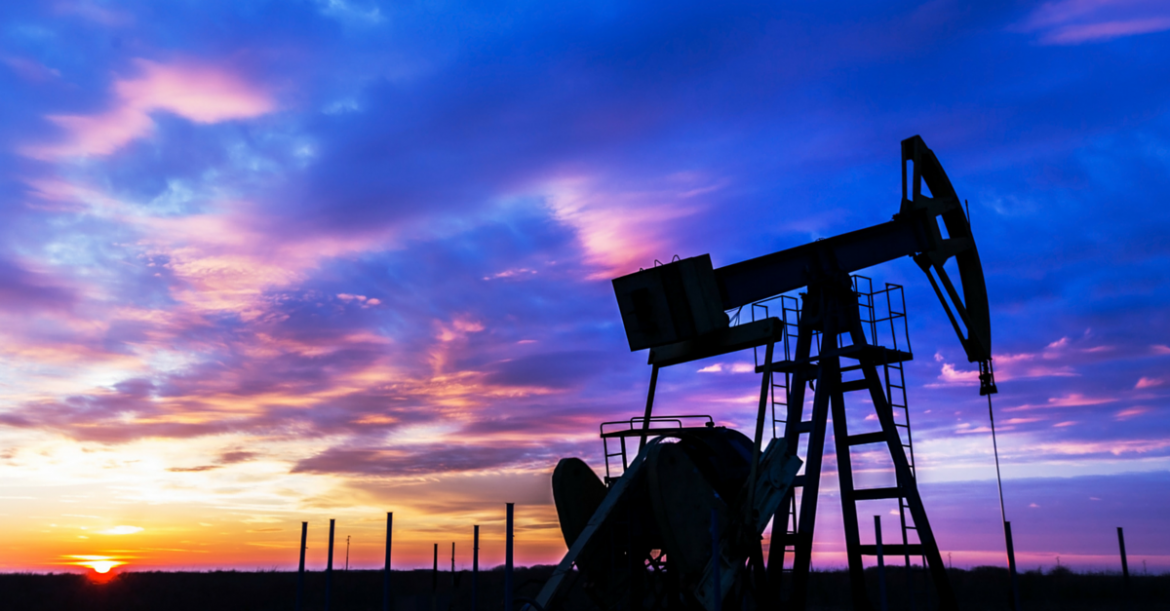Perhaps you’ve just heard of the term “Hydrofracking” and you were curious what it actually means, or maybe you’re already familiar with it and want to better understand the controversy surrounding it. Every electricity-using American should know exactly what the Hydrofracking process entails because close to a third of our nation’s energy is derived from natural gas [1].
Natural gas is a fossil fuel, in other words, million-year-old plants and animals that have been compressed deep into the earth and under heat and pressure developed into gas. The gas is removed from the earth by the process known as Hydrofracking and then shipped off to power plants where it is burned, or combusted, to fuel the generators that create electricity. This electricity is wired into your home, powering everything from your laptop to the refreshing chill that comes through your air conditioner.
In order to understand the dispute over Hydrofracking we must understand the process itself. Hydraulic Fracturing shortened to “Hydrofracking” or “Fracking.” is the most effective method of extracting natural gas from the earth. The process involves a few steps:
1. A vertical tunnel about mile long is drilled down into the earth and from that tunnel a second tunnel is drilled horizontally into the rock or shale that contains the natural gas.
2. A liquid mixture of chemicals is then pumped into the tunnel at high pressure to crack the shale to release the natural gas that rises to the surface through the tunnel.
3. A second mixture of sand and other chemicals is pumped into the tunnel to keep the cracks open. The tunnel can be sealed and reopened at a later time to repeat the Hydrofracking process [2].
The controversy surrounding this process stems from the fear that the chemicals used to crack the rock will seep into the surrounding land and water, polluting the natural environment and public water supplies [3]. Most public drinking water supplies are derived from reservoirs or ground water. Ground water, or the water that collects in pockets underground, runs the highest risk of becoming polluted due to its proximity to Hydrofracking wells. The U.S. Environmental Protection Agency first confirmed that Hydrofracking was responsible for the contamination of certain pockets of groundwater in Pavillion, Wyoming in December of 2011 [4].
While some fear they are at risk or consider themselves or the environment to have suffered as a result of the process, a large portion of the U.S. population see the tremendous economic potential of having the copious and relatively inexpensive source of energy that comes from natural gas. Another disconcerting issue is that the companies engaged in Hydrofracking refuse to disclose a list of which chemicals they use throughout the process, justly claiming that they own the property rights to their specific formulas [5]. The Hydrofracking process is understood well enough by professionals to know that some of the chemicals that are used are incredibly toxic and carcinogenic [6]. There have been reports of increased cases of illness, certain cancers and decreased quality of life amongst individuals who reside nearby Hydrofracking wells [7].
You may be wondering why the United States government doesn’t just regulate the process considering it presents a potential threat to the American people and the environment. Under constitutional law, the federal government is not allowed to impede interstate commerce. Being that natural gas is a lucrative resource that contributes to a state’s economy, it falls within this category of interstate commerce, reserving the right to regulate the process to the states alone. Many of the laws established when the country was in its infancy protect the right for individuals to reap the economic benefits of the natural landscape, as expressed throughout the Bill of Rights [8]. Until evidence deemed substantial by the U.S. government exists to incriminate the process as the cause of serious health issues to its citizens, the country is unable to regulate the process and Hydrofracking is likely not only to continue, but to also increase.
For more information about becoming a part of the initiative against Hydrofracking in the United States and Hydrofracking in general, please consult the following sites:
http://www.gaslandthemovie.com//take-action
http://epa.gov/hydraulicfracturing/
 Food
Food Farmers
Farmers Sustainable Living
Sustainable Living Living Planet
Living Planet News
News